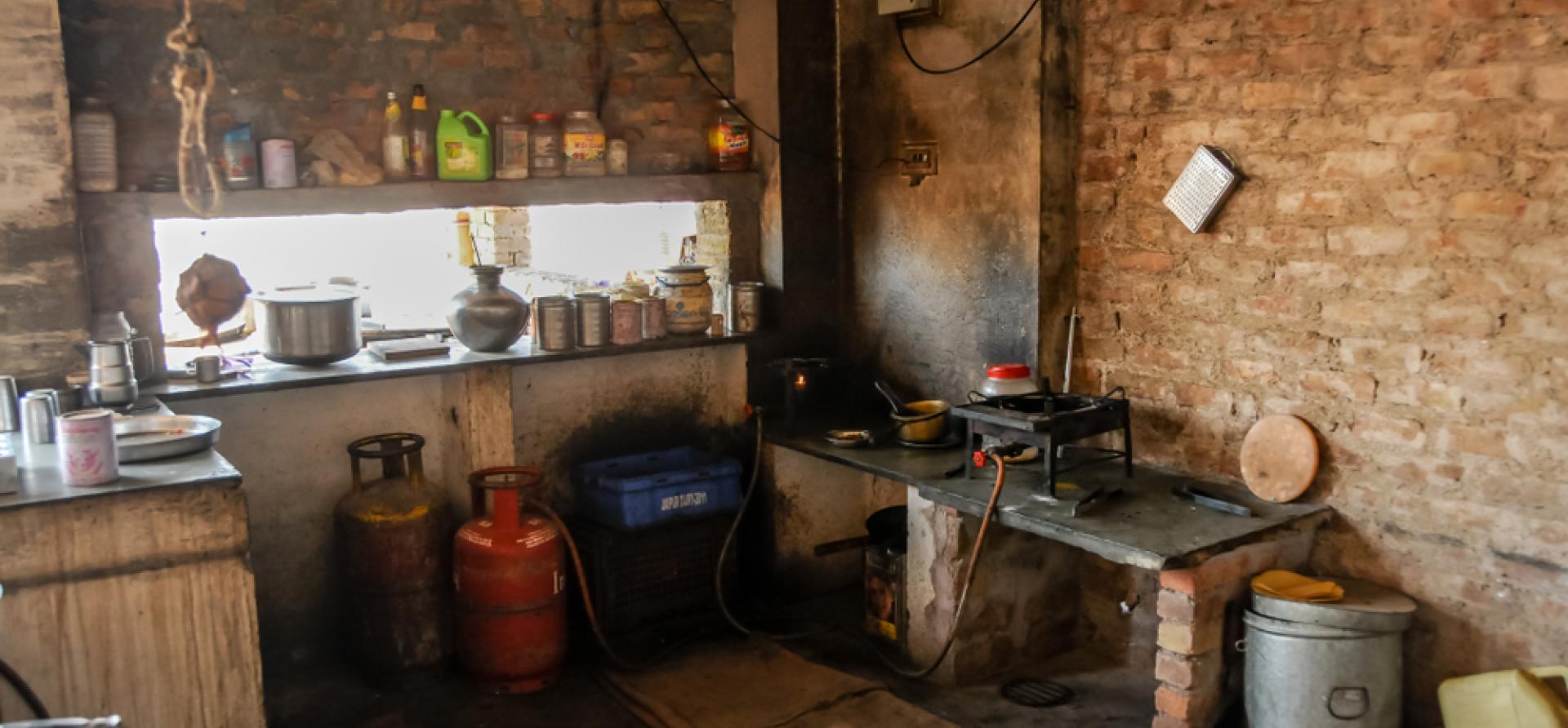India’s clean cooking challenge: Can we look beyond subsidising LPG?

Key Findings
Use of only LPG as a clean cooking fuel has fiscal and energy security risks due to stagnating domestic LPG production and increasing imports. India needs a clean cooking strategy that enables the stacking of clean fuels.
Alongside the existing LPG penetration, there needs to be strategic development of household or community biogas plants that can easily use agricultural residue and utilise solar electric mini grids for cooking that are most cost-effective beyond lighting and charging.
The recent decision of the government to mandate incremental compressed biogas (CBG) blending in the city gas distribution (CGD) network from FY2025-26 onwards is an excellent step to increase the use of renewable fuels like biogas in the cooking network.
Over the past decade, the central government has made targeted efforts to increase clean cooking access for all households. Schemes like direct benefit transfer to plug subsidy leakages, surrendering subsidies by the rich to improve fiscal expenditure, Pradhan Mantri Ujjwala Yojana (PMUY) to reach more poor households and shifting urban households to piped natural gas (PNG) have given results. Consequently, active LPG connections reached 318 million in November 2023 from 164 million in March 2014, while domestic PNG connections rose to 11.9 million in November 2023 from 3.4 million in November 2016.
While this translates to over 100% coverage of clean cooking fuels, the uptake remains limited with 40% of households still depend on solid fuels like cow dung and firewood. PMUY customers get a subsidy for up to 12 cylinders, but, on average, they only use 3.8 cylinders annually. The average consumption of non-PMUY in the fiscal year (FY) 2022-23 was 6.6 cylinders.
Uptake is linked to subsidy
India imports 64% of its LPG needs. Consequently, its import bill depends on global market conditions. Much like other fossil fuels, LPG prices spiked during the COVID-19 economic recovery phase. The cost of a non-subsidised LPG cylinder reached a high of Rs1,019 (US$12.22) in FY2022-23 versus Rs653 (US$7.83) in FY2017-18.
As India is a price-sensitive economy, such an exorbitant price increase resulted in massive fiscal outgoes through direct subsidy transfer and under-recoveries to oil companies to prevent passthrough to consumers. Chart 1 shows that when the subsidy was lowered, the LPG consumption and uptake flattened despite more active domestic customers.
Notably, the price of LPG in the two years of lowered subsidy was higher than usual at Rs857 (US$10.28) and Rs1,019 (US$12.22). As LPG import prices soared to US$711/metric tonne in FY2022-23, from US$454/metric tonne pre-pandemic, the government made a one-time payment as under-recoveries of Rs220 billion (US$2.7 billion) to oil marketing companies in FY2022-23. But with LPG refills touching a high of Rs1,100 (US$13.19), the government recently re-introduced a subsidy of Rs200 (US$2.4) per refill to all LPG consumers and an additional Rs200 (US$2.4) to Pradhan Mantri Ujjwala Yojna (PMUY) consumers. This will likely increase the subsidy burden for FY2023-24 by Rs100 billion (US$1.2 billion).
Fuel stacking offers a better solution
Use of only LPG as a clean cooking fuel has fiscal and energy security risks due to stagnating domestic LPG production and increasing imports. Moreover, the price sensitivity of consumers leads to shifting back to solid fuels when subsidies are withdrawn, which impacts health and productivity.
Therefore, promoting LPG as a clean cooking fuel may not yield long-term gains. Currently, India needs a clean cooking strategy that enables the stacking of clean fuels, especially in rural areas, where the possibility of switching back to direct biomass combustion is high. Alongside the existing LPG penetration, there needs to be strategic development of household or community biogas plants that can easily use agricultural residue and utilise solar electric mini grids for cooking that are most cost-effective beyond lighting and charging. This would lower household fuel costs, improve fuel efficiency and prevent health hazards.
There needs to be a policy and regulatory push to enable fuel stacking for cooking in rural and urban poor areas. The multi-indicator survey conducted in 2020-21 under the National Sample Survey 78th round clearly shows the lack of fuel stacking, with 96% of the population dependent on solid fuels or LPG as the primary cooking option. It is possible to transition to electric cooking as, according to the same survey, 98.7% of households in rural areas and 99.7% in urban areas used electricity (including solar and wind power generators) for their lighting needs. Similarly, the right infrastructure can enable communities to shift away from solid fuel and use that same biomass as input for digesters to produce biogas or renewable LPG (rLPG) (biogas compressed into liquid). The vast network for LPG distribution must slowly start transitioning to distribute rLPG.
The recent decision of the government to mandate incremental compressed biogas (CBG) blending in the city gas distribution (CGD) network from FY2025-26 onwards is an excellent step to increase the use of renewable fuels like biogas in the cooking network.
Transitioning away from solid fuels that contribute 13% to the nation’s greenhouse gas (GHG) emissions is critical. It has taken decades for India to move so many people to LPG, which has lowered health hazards for women and added convenience. If efforts start now, it would take decades to completely decarbonise the cooking sector. It would also require massive investments and market recalibration. E-cooking, for instance, has been identified as a key pathway to Mission LiFE (Lifestyle for Environment), launched by Prime Minister Narendra Modi at COP26 and advanced during India’s G20 Presidency.
(This article was first published in ET Energy World)















